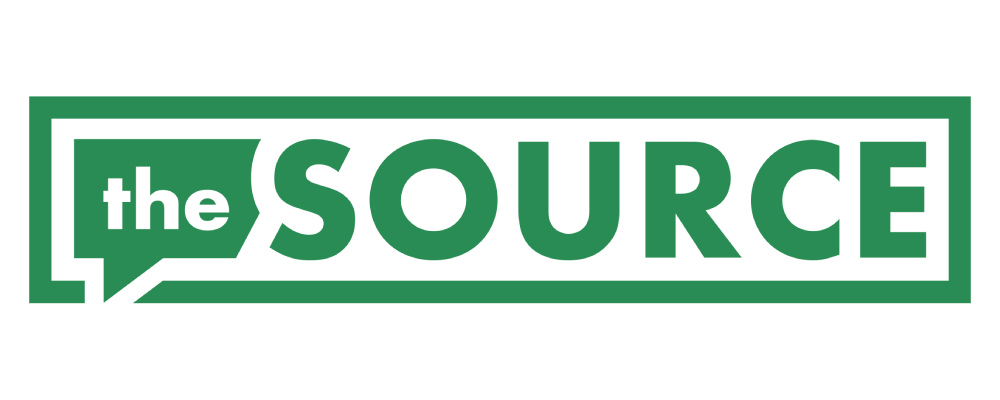Shared inbox software is becoming more prevalent. A core part of CRE OneSource is opening access to the deal files, emails, and all the back up information pertaining to every transaction. Our platform offers WAY more than just sharing an inbox.
There are however ways to maximize the sharing. Below is an article about best practices for shared inboxes.
Here are our favorite hacks:
- Sharing allows for GREATER insights as you get to see what everyone is actually doing and working on. Use this to speed up the process, find blind spots, and simply nudge people who are not keeping up.
- Make folders. Organization, clarity, and purpose make everyone’s life better.
- Accountability. This makes us all better.
Charlie Coppola
7 Shared Mailbox Best Practices You Can Put Into Action
Elizabeth Wellington
Creating a shared mailbox is often the first step companies take when they’re building out a customer support strategy.
That’s because if you’re starting out with a one-person team, a shared mailbox is pretty easy to set up and manage. There’s no financial investment, and chances are your employees already know how to manage email.
As companies grow, though, the volume and complexity of customer support issues grow with sales.
Just imagine that your dream business starts to take off — you go from 100 sales a week to 100 sales a day. Your customer support strategy needs to be agile enough to scale with it. By incorporating shared mailbox best practices, you’ll ensure your future customers are just as happy as your current ones.
Here are our suggestions for upping your inbox game, and some scenarios that indicate you may require an upgrade.
Incorporate these 7 shared mailbox practices
Your worst-case scenario as a customer support team is that your business just doesn’t live up to the hype. Building out a shared mailbox workflow is one of the most powerful ways to ensure that you’re always maintaining the same level of experience in every interaction.
In customer support, continuity and consistency are the two keys to retaining customers — and delighting people — over time.
1. Bring accountability to the queue
If a shared mailbox is your team’s primary tool, create shared mailbox rules that bring clarity to everyone’s workflows.
There are a few different ways you can build accountability into the queue. For example, a manager could ask team members to work during different time zones (to ensure there isn’t overlap) or assign specific emails to a folder that corresponds with each team member.
Take the time to work out the kinks and double-check that every customer receives the help they need while building out a system. Likewise, the best teams will make an effort to onboard new employees with extensive training.
Managing a shared mailbox as part of a team requires a ton of coordination; no matter how much experience team members have in a support setting, new processes require new training.
2. Record processes and responses outside of the mailbox
Do you have templates that team members can use? Or a guide to help support pros solve complicated but common issues? Without the proper documentation outside of your shared mailbox, customer support pros are much less likely to be able to help people inside of it.
Make sure to record processes for people to reference in a shared private space, such as Google Docs, Dropbox Paper, or your organization’s internal wiki. This extra step can help with onboarding and integrating new team members into a shared mailbox workflow.
As you problem-solve trickier issues, record your responses so that other team members can benefit from the completed work. The same goes for any temporary challenges that your team faces, like unexpected outages, shipping delays, or big slip-ups on the part of a business.
3. Make folders or labels for your mailbox
Folders are one of the key tools you can use to implement shared mailbox best practices. Within Gmail, they’re called “labels,” although they serve a parallel purpose to folders. These organizers offer a clear way to sort the flow of emails coming in on any given day. Use folders to delineate between in-progress conversations and completed conversations, or organize emails by topic.
Let’s say you have a folder for each common topic and one for miscellaneous issues; you can track the volume of each kind of issue. Maybe one team member is learning how to code; customers would benefit from having that team member guide them through technical issues. Assign each folder to a corresponding support professional to transform team members into subject-matter experts.
4. Create boundaries around access
Security is always a priority when you’re managing customer information. Within a shared mailbox, you’ll have to take extra steps to protect your business insights and your customers’ data, too.
That means changing passwords frequently and ensuring that every team member upholds best practices: no passwords written out on a sticky note, no using a shared mailbox for personal emails, no logging in with unsecured Wi-Fi networks.
Every time a team member leaves the organization, you’ll need to change the password again. If you forget, former employees have access to a ton of valuable business insights — and your customers’ information.
In this day and age, data is gold. Losing it can break trust with your community and cause everyone harm.
5. Look for overarching insights
How many emails do you see a day? What are the most common issues that people write in about? If you’re not tracking some basic metrics on customer support, you’re missing out on the opportunity to incorporate valuable insights into your business decisions.
Support managers can make an effort to record a few simple observations each day. Over time, basic data can change the way you do business for the better. Let’s say you receive a ton of requests for a certain capability. Rather than constantly reacting to complaints, your company can proactively build out that component of your product.
6. Prioritize inbox zero
Trust between a company and a customer is fragile. Once you break trust, it’s hard to earn it back. If a customer is already unhappy about something — so much so that they’re emailing customer support for help — they’re much less likely to forgive another mistake.
7. End on a positive note
With a shared mailbox, it’s easy to cross off a customer conversation once you’ve resolved an issue. But solely problem-solving through a customer support mailbox leaves hanging a company’s best opportunity to build a relationship. Imagine if, instead, customer support professionals ended every conversation by adding extra value.
A support agent could suggest a different way to use the tool or a new shortcut that may save the customer time. Or they could just ask, “Is there anything else I can do to make your life easier today?” People love to feel seen, heard, and supported. This extra step transforms customer support from a cost center to a revenue generator.
Even one message that slips through the cracks can be the turning point in a customer relationship. The bigger your backlog, the more and more likely that is to happen. If you work toward reaching inbox zero every day, you’re aiming for prompt responses and quick resolutions.
Everyone who has worked toward inbox zero with their personal email account knows how challenging it is. With a shared mailbox, the process is even more difficult and requires persistence, but it more than pays off.
The drawbacks of using a shared Outlook or Gmail mailbox
Shared Outlook and Gmail mailboxes give team members one space for responding to support requests. Although it’s easy to assume that such a simple solution simplifies customer support, that’s not always the case. There are drawbacks with any tool — and with a shared mailbox, they’ll become more pronounced over time.
While you can get away without more sophisticated shared inbox software for a while, ultimately, a shared mailbox is not an easy tool for managing an excellent customer experience. The lack of accountability and built-in organization means that customers may never receive a response or may accidentally get multiple emails with different input.
As a manager, it’s hard to know who handled each customer support issue (and how they handled it) unless a problem escalates up to your personal work email. There’s very little oversight, even if you’re reviewing a few responses every day.
These accountability challenges contribute to the overall performance of your team. Without reporting capabilities and their corresponding insights, it’s hard to know how happy your customers are.
Collaboration is nearly impossible on the back end — you can’t assign specific conversations or add internal notes without creating a tangle of email chains. Because it limits the capabilities of the team, a shared mailbox also limits the strength of your customer experience.
Go beyond mailbox best practices
These seven shared mailbox best practices can transform the way that you help people for the better. But with a shared mailbox, there are always limitations that can hinder the work of your team, especially as you grow. You’ll still hit hiccups every day.
Explore other possibilities, starting with shared inbox software that delivers a simple and delightful customer experience.









